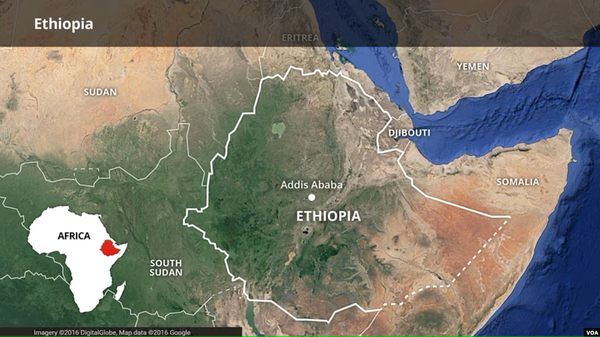In Summary
- A landslide triggered by heavy rains in the Wolaita area of southern Ethiopia has killed at least 13 people, with the death toll expected to rise.
- Over 300 people have been evacuated from the Kindo Didaye district, and the number of those still unaccounted for remains unknown.
- Local officials confirm that children are among the fatalities.
- Rescue operations are ongoing in the affected area as officials anticipate the possibility of another major landslide.
- This landslide appears less deadly than one in southern Ethiopia last month that killed over 200 people. The region is prone to such disasters during the rainy season, which lasts until mid-September.
- Wolaita and nearby regions have a history of deadly landslides, with similar incidents in 2016 and last month in neighboring Gamo Gofa, where over 229 people were killed.
ADDIS ABABA, ETHIOPIA- A devastating landslide triggered by heavy rains in southern Ethiopia's Wolaita area has claimed the lives of at least 13 people, with the number of fatalities likely to increase, a local official reported on Monday. The tragedy occurred in the Kindo Didaye district, a region prone to landslides due to its mountainous terrain and limited infrastructure.
Samuel Fola, the zone chief administrator of Wolaita, expressed concern over the number of people still unaccounted for, noting that more than 300 individuals have already been evacuated as a precautionary measure. "Children are among the dead," Fola said, highlighting the human toll of the disaster. "We have now evacuated more than 300 people as a precaution and in anticipation of yet another likely major landslide."
Rescue efforts are currently underway in the affected area as regional authorities scramble to locate survivors and prevent further loss of life. The landslide is part of a broader pattern of seasonal natural disasters in Ethiopia, where the rainy season, which began in July and is expected to continue until mid-September, often triggers deadly landslides.
Monday's landslide, though tragic, appears to be less catastrophic than a similar event last month in another part of southern Ethiopia. In that incident, more than 200 people lost their lives in a mudslide in the neighboring Gamo Gofa area. The United Nations Office for the Coordination of Humanitarian Affairs (OCHA) reported that the death toll from that mudslide could be as high as 500.
Wolaita's mountainous geography and inadequate infrastructure make it particularly vulnerable to such natural disasters. In 2016, the same area was struck by heavy rains that triggered a deadly mudslide, resulting in the deaths of more than 41 people and the displacement of hundreds.
The broader East African region is no stranger to such tragedies, with deadly mudslides frequently occurring from Uganda’s mountainous east to central Kenya’s highlands. Earlier this year, at least 45 people were killed in Kenya’s Rift Valley region when flash floods and a landslide swept through homes and cut off a major road.
As rescue teams continue their work in Wolaita, the focus remains on preventing further casualties and providing aid to those affected by the landslide.


Related News
Top 10 African Countries With the Best Wildlife Conservation Efforts in 2025
Apr 03, 2025
Top 10 African Countries with the Most Favourable Business Environments in 2025
Apr 01, 2025
Top 10 African Nations with the Most Currency Devaluation in 2025
Mar 31, 2025